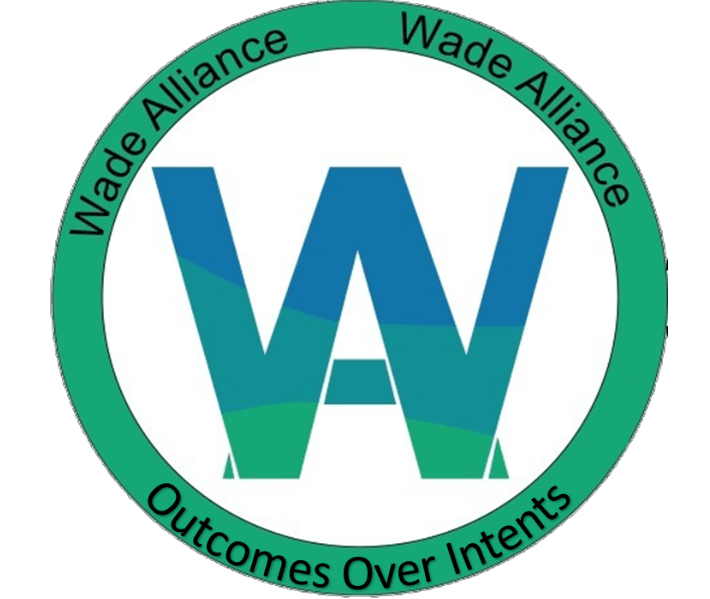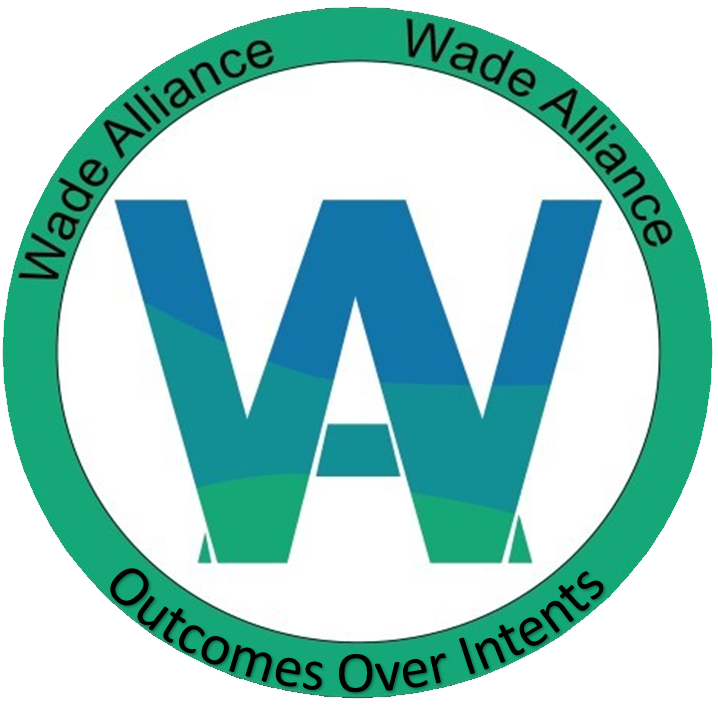Climate Evaluation
The weather is measured in days; the climate is measured in years.
A Climate Evaluation provides a way for an organization to understand the experiences of staff and how those experiences impact performance and retention. Safe and confidential communication allows members to discuss both challenges and positive aspects of the organization. Individual and group activities provide staff the opportunity to discover and process common issues.
Gaining an understanding of the climate is essential to any organization’s ability to adapt and progress. The most effective survey is one that is repeated over time to measure change. Developing a customized assessment tool is included in this service.
The Wade Alliance creates custom evaluations to assess your organization, specifically focusing on the following areas:
- Communication
- Promotion and Development
- Support
- Relationships
- Leadership
- Mentorship
- Respect
- DIscrimination
- Belonging
- Recognition
The Wade Alliance
can help identify the areas that are important to your organization's culture and climate.
Communication Evaluation
The fastest way to break through a communication barrier is to ask a question.
We rely on our ability to communicate, but most of us believe that the skills we already possess are sufficient. When sharing a message by text or arguing a position in person, we assume that the majority of what we communicate is understood. We employ questions like, “You know?” or “Right?” as a mild attempt to gauge understanding. But the question is rhetorical. There are dozens of techniques designed to improve communication.
These are four foundational steps we recommend:
- Encourage active listening. The ability to focus on the person talking without formulating your response or your next point requires both practice and effort. An active listener uses verbal and non-verbal cues to let the speaker know that they are engaged.
- Establish common ground. The life-blood of situational comedies is misunderstanding. When two people are discussing two different issues but believe they are on the same page, there is a communication barrier. Effective communication utilizes the common ground of vocabulary and context. The vocabulary of an engineer is different than that of a sommelier, and sound bites can be misunderstood without context.
- Eliminate power differentials. The larger the gap in social, administrative or physical power the more effort is required for two-way communication. The military is the perfect example. When a general and private communicate, the higher ranking officer is rarely looking for anything beyond superficial information while the lower ranking person is fearful of embarrassment.
- Emphasize the issue not the emotion. Emotions cannot be completely eliminated from the discussion, and experiences change feelings. Emotions can and often should be acknowledged, but the effort during the communication should always focus on the issue. If hurt feelings arise because of pay or recognition, the solution is to address the issue, not the expression of the hurt feelings.
Use these basics in addressing communication barriers in your organization. If you need help that goes beyond the fundamentals, the Wade Alliance
is available to work with you in evaluating and addressing the barriers in your environment.





